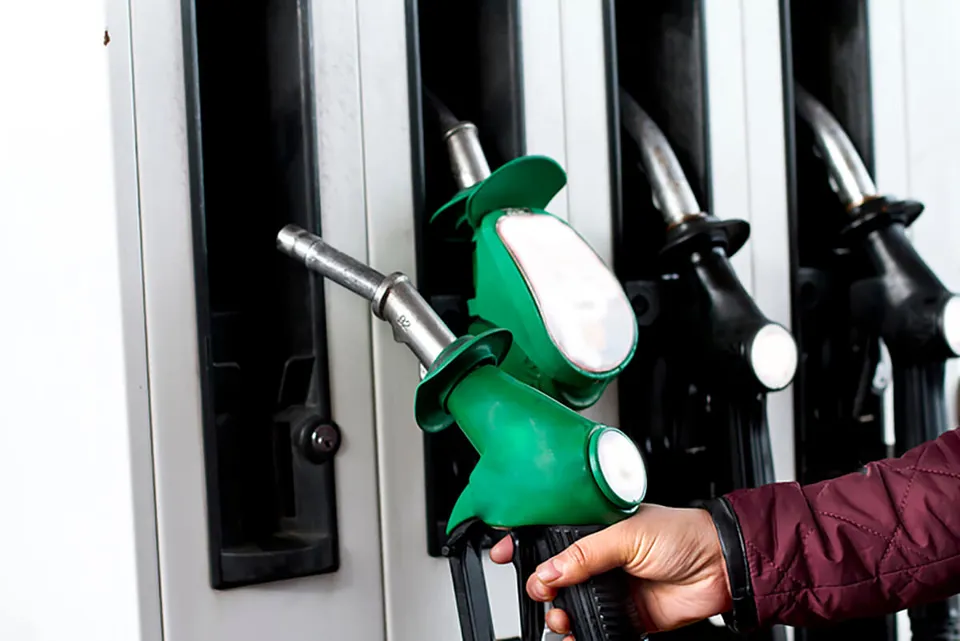2 Introduce fuel cards
Fuel cards allow companies to identify cost saving opportunities, set realistic savings goals and measure progress against them, according to Jenny Powely, sales director for the card division at Arval.
Gary Black, group fleet manager at Inspired Gaming Group, encourages drivers to fill up at supermarket forecourts and uses fuelcard data to measure progress. 95% of fuel is consistently purchased at supermarkets.
Powely points out that refuelling should be planned into journeys so that drivers don’t travel out of their way to purchase fuel.
3 Eco driver training
Damian James, head of transport for Bracknell Forest Council, put 45 drivers through the Energy Saving Trust’s Smarter Driving course last year and saw fuel improvement ranging from 6.8% to 66.8%.
Besides formal training, drivers could be issued with fuel-saving tips such as anticipating traffic flow, changing up gears as early as possible and checking tyre pressures.
4 Incentivise drivers
Drivers can be offered incentives for purchasing cheaper fuel or improving their mpg.
GeoPost has introduced a monthly league table of drivers’ fuel consumption, with drivers awarded vouchers for improved mpg.
It expects to reach its target of a 5% improvement in fuel consumption this year.
5 Tackle fuel reimbursements
Switching from paying Advisory Fuel Rates (AFR) to actual pence per mile can deliver savings.
Several years ago Pertemp, with a fleet of 300 vehicles, discovered drivers’ actual rate was 6ppm – the company had been paying 9ppm. Changing to actual ppm saved £70,000.



















Login to comment
Comments
No comments have been made yet.